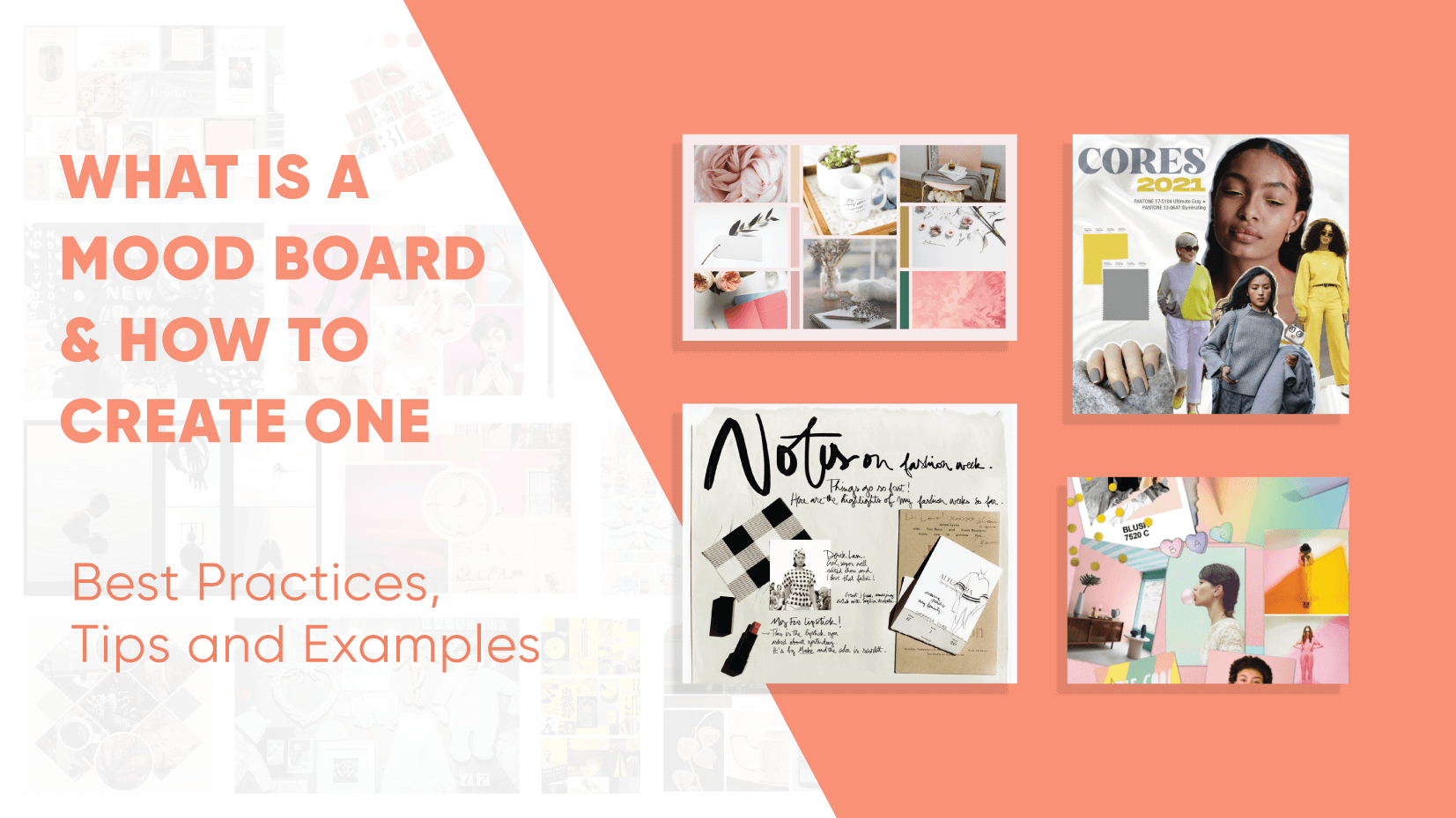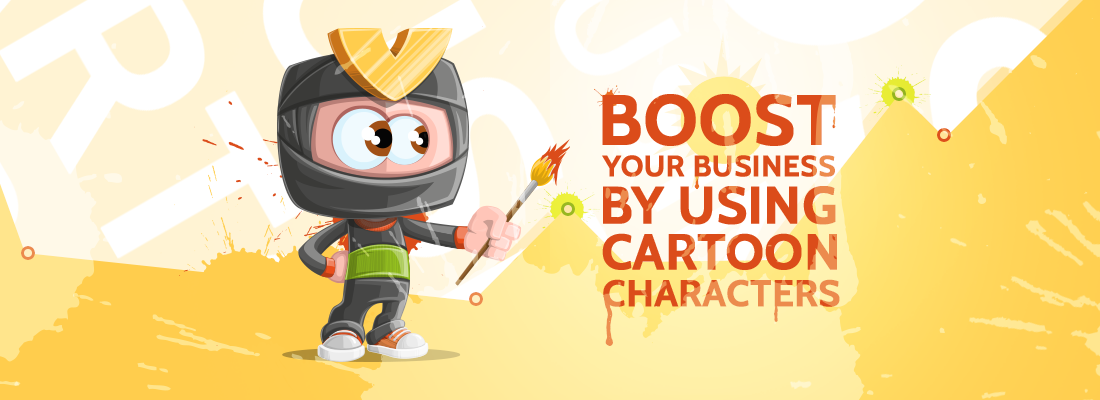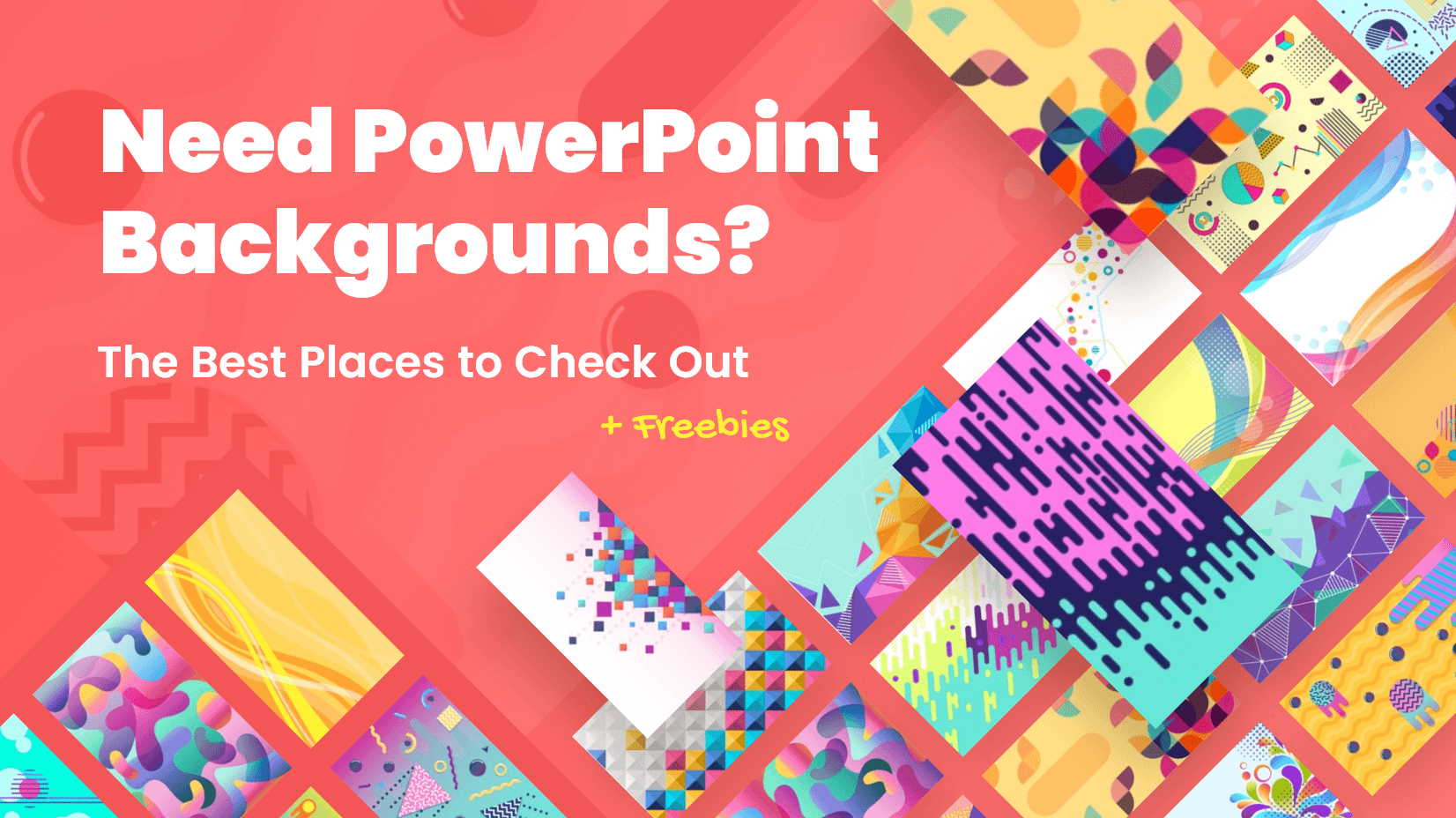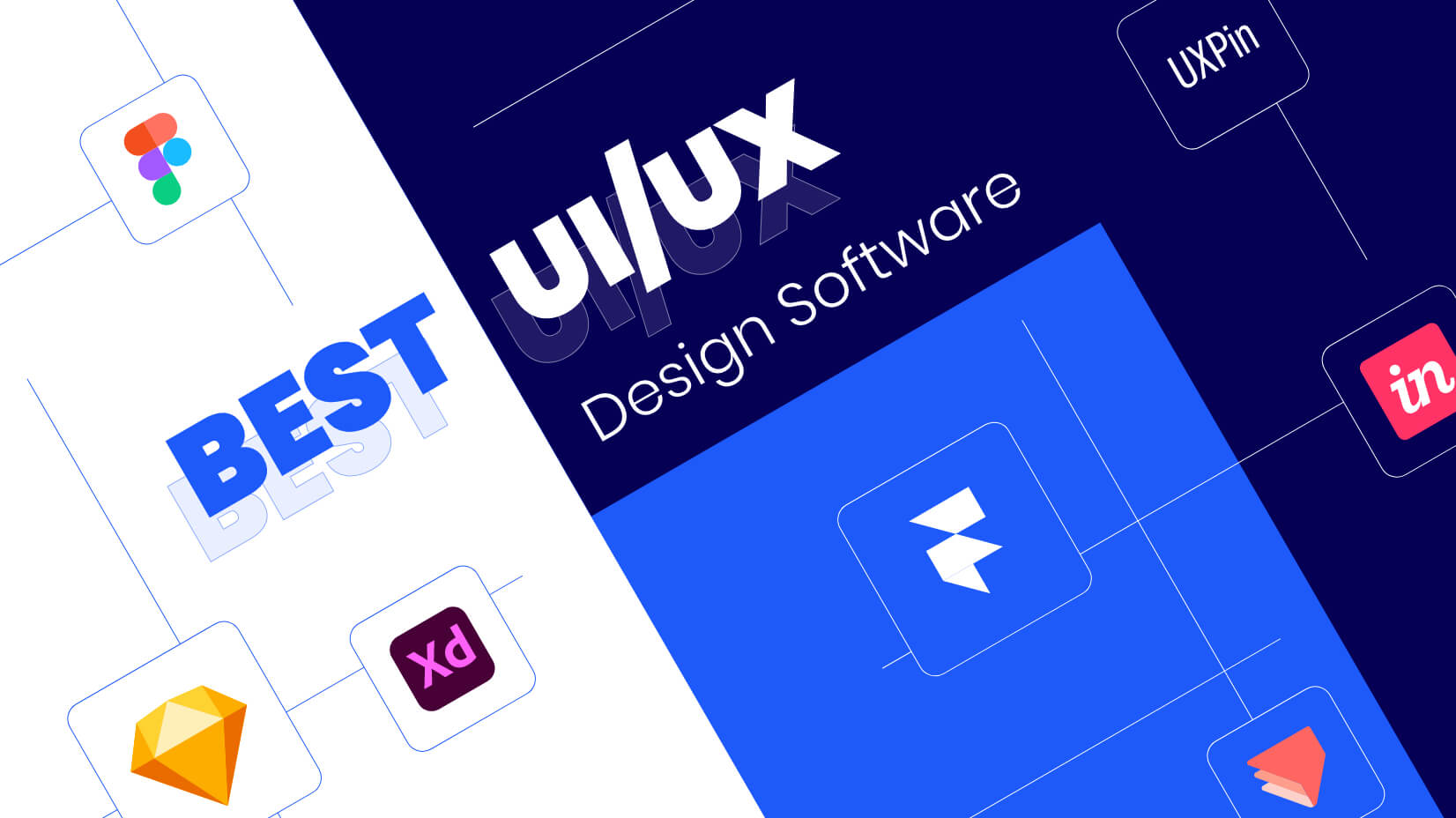
We see mood boards everywhere, especially on Instagram and other social media, and we all enjoy them for their beautiful composition and the vibes they give. What is a mood board exactly and why are they important? In this article, we will shed our take on the matter, explain the types of mood boards, give you tips and best practices on how to make effective mood boards, and, of course, give examples. so buckle up and let’s have a look why you need to start making mood boards for your projects.
Mood Boards: Overview
1. What is a mood board?
2. Why do you need one?
3. Types of mood boards
4. How to make an effective mood board?
1. What is a Mood Board?
Mood boards are a type of visual representation that consists of a collage of images, samples, textures, colors, and texts that aims to convey a general idea or a mood about a certain topic.
Also known as Inspirational Boards, they are a tool that helps the creator to develop their ideas:
- The mood board can be based on a topic or chosen at random.
- Mood boards can be digital and physical.
- These visual representations inform the viewer of the overall feel or vibe of the concept.
- They have great use in the creative process of illustrators, graphic designers, interior and industrial designers, photographers, and other creatives.
- Mood boards can be also only text-based if they aim to present a writing style or an imaginary storyline for writers to understand a certain style they wish to pursue.
- These boards can also help you get inspiration for color palettes and shapes to use later.
2. Why Do You Need a Mood Board?
It’s much more than a collage of pictures, shapes, and colors for inspiration. In fact, mood boards serve as a transition between your initial idea and the very first sketch or draft. Similar to storyboarding, mood boards serve to organize your thoughts, ideas, and concepts and keep you on track.
You might wish to develop a business project, launch a new product, create a presentation, personal branding design, renew your website, or create a product. Whenever that is the case, a mood board is a valuable tool to help you start the process for a couple of reasons.
✔️ Inspiration
Before all, mood boards aim to inspire especially if you’re just at the beginning of the process of creation. It will help you focus on the attributes, vision, identity, and mood your project needs to communicate.
✔️ Consistency
Moodboards will also help you keep the focus on the project identity, its signature shapes, colors, tone, and all those little details that give it personality. It will keep you on track with consistency.
✔️ Communication
Through your mood board, you can easily communicate your vision to other stakeholders and participants in the project. The visuals will explain the mood of the project better than words.
Aside from the three main purposes of mood boards, there are a lot of other advantages that any creator can benefit from.
- Highlighting elements: In many cases, you can even create a couple of mood boards in which each represents different aspects of your project in order to get a visual landscape and better analysis. This will help you visualize what the end result will look like.
- Defining the direction: Since mood boards can include everything from images, illustrations, textures, and even words and descriptions, it can easily define the direction you need to take when you start your project and help you keep your focus on the main ideas without sidetracking.
- Helps with art block: When you gather visuals for your ideas, concepts, and anything that will inspire you, you’re already working on your project. There is no staring at the screen wondering where to start.
- Everyone is on the same page: In cases when you work on a project for a client, sometimes the client might reject your concept no matter how hard you work on it. Verbal communication can only get better with visuals, so a mood board will get you and your client on the same page and avoid misunderstandings.
- Find your own style: Undoubtedly, creating a mood board will also help you find and define your own style. It gives you the freedom to have fun and explore your style.
You might be also interested in which are the best places to find web design inspiration.
3. Types of Moodboards
In terms of method, mood boards can be:
Digital
It’s much easier to go digital and not overcomplicate your process, especially if you’re in a hurry. Thankfully, to perform an online search for the necessary visuals is pretty convenient, especially with the existence of Pinterest. With Pinterest, you could pull images from boards, already made by other users and organize your own pinboard. In addition, there are many free-to-use online tools for creating mood boards easily and intuitively.
Physical
There’s no school like old school. This method doesn’t exclude the digital format, as you can take a photo of the final mood board and still send it out whenever you need it. Physical mood boards that you can actually touch usually have foam board as a base and use visual resources such as newspaper scraps, images from magazines, books, printed photos, patterns, fabric samples, and anything that you can actually pin or glue to that board.
In terms of content, mood boards can be:
Practical
The literal mood boards that feature fonts, color palettes, and actual images that will appear in the final product.
Explorative
Mood boards that explore the tone and mood of the project to set the vibe before you start creating the first draft for your project.
Mixed
Most mood boards are mixed since one doesn’t need to go in one particular direction. To feature both practical elements and exploring visuals gives you the open mind to find the right inspiration.
4. How To Make an Effective Mood Board?
Tip 1: Use what you already have
Sometimes, you don’t have to start from scratch. In many cases, not only when you work for a client, you already have a well-defined topic. Let’s say, you’re into fashion and wish to find inspiration to create trendy combinations for the upcoming season. The following example shows just that. The creator wishes to think of a style based on Pantone’s colors of the year 2021: Ultimate Grey and Illuminating. This means the basic palette is already made and instead of from scratch and searching for color combinations, the author can use what they already have and get on with creating the overall style.
Tip 2: Sometimes it’s just about the aesthetics and that’s ok.
In many cases, the mood boards include images and references for elements that aren’t in the final product. Just moods, feelings, aesthetics. For example, in the mood board below that is set to present a brand for skincare products, the images don’t feature the product, packages, or the logo. What it features, is the feeling of cleanness, softness, and tenderness.
Tip 3. Make more than one
As a way of visual brainstorming, get wild, and create more than one mood boards for your project. In the end, you will have more to choose from, you will be able to feel the images better and easily decide on which images or combinations of images to include in the final mood board. You can also not choose and all and present all mood boards instead.
Tip 4. Organize your style
Sure, mood boards are what they are- they intend to convey a mood, a wild brainstorm of images, colors, shapes, and everything that can convey that mood. In some projects, however, especially in graphic design, it’s a good practice to organize the visuals. For example, you’re brainstorming a mood board for a potential landing page of a product. Naturally, you will organize elements such as buttons, bullets, menus, fonts, section styles, hover effects, in a more logical way.
Tip. 5 Add short descriptions
Although the visuals do the heavy lifting when it comes to explaining your concept, sometimes an additional explanation is needed. Especially when you need to point out something specific. If you have nothing to specify but wish to spice things up, you could create strong visual drama with big bold words.
Another great advantage that small texts give you is the role of being show- stoppers and allow your viewers to make a mental pause to read them.
Tip 6. Real-world inspiration
Sometimes the best inspiration and, therefore, most effective mood boards, come from real life. If you’re in a hurry, you can always look for stock photos and other materials online. However, if you really want to make the exact impression you wish and capture your concept this might not be enough. It’s actually pretty hard to find those exact images that fit the images in your mind. So take your camera and explore, take pictures that inspire you, make shots of the things that fit your concept best.
Some creators even go further and create their mood boards with objects, printed photos, and create a physical composition in a set. It’s an “offline” mood board, and a digital one at the same time. The mood board below is a perfect example of that. It’s really effective.
Tip 7. Set key images
No matter the topic, your concept has a main key idea behind it. Everything else is important supporting details around that main idea. In the same manner, you could make one of the images that depict your key concept and arrange the other, smaller, supporting visuals around it.
Tip 8. Don’t be afraid of stock images with watermarks
Many people avoid using those, it’s completely understandable. However, they have a very strong advantage when it comes to mood boards that you use to present a concept in front of a client. If your mood board is too final and polished, in many cases the client might be a little bit put off and feel you’re pushing the final aesthetic. Instead, if you keep things looser and give them freedom, the client will instinctively feel that the style is easily negotiable and changeable. Stock photos with watermarks are perfect to convey that your mood board is not a final concept but rather an idea.
Tip 9. Focus
Consistency is a very important part of the final presentation. sometimes we get distracted and add pictures we like just because we like them. However, the thing is, as much as mood boards are fertile ground for freestyle and expression, one rule still applies. And that is every time you add a new element, this element should communicate your message and make it more appealing, not watering it down.
Tip 10. Test your mood board
It’s very important to test if your mood board is effective in terms of sending the exact message and concept you intend. Sometimes, what makes sense to you might not make sense to others and would raise questions. See if your colleagues or friends get the right impression of your mood boards without revealing what each visual means.
Examples of Moodboards
Final Words
Mood boards are a great way to have all your inspiration in one place and arrange it into the perfect composition that will deliver the feel of your concept. There aren’t particular rules about creating your mood boards, however, there are helpful tips and good practices that will enhance your work and let you present your ideas in the best way possible. We hope you enjoyed this article and feel inspired to rock some amazing mood boards for your upcoming projects.
You may also be interested in some of these articles:





































